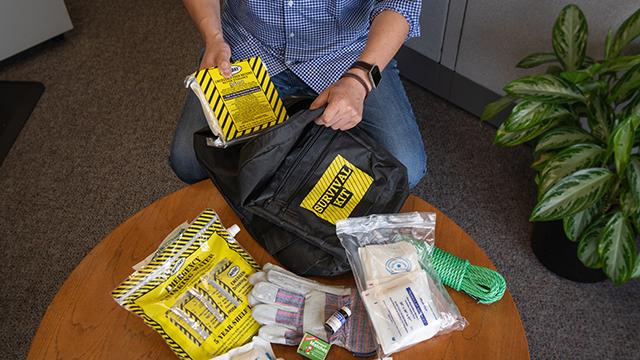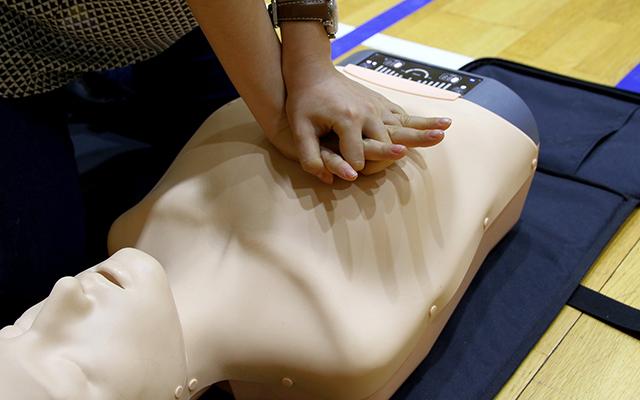From having an emergency water supply to knowing what to do if you find downed power lines in your area, being informed is the first step to being prepared.
What to do
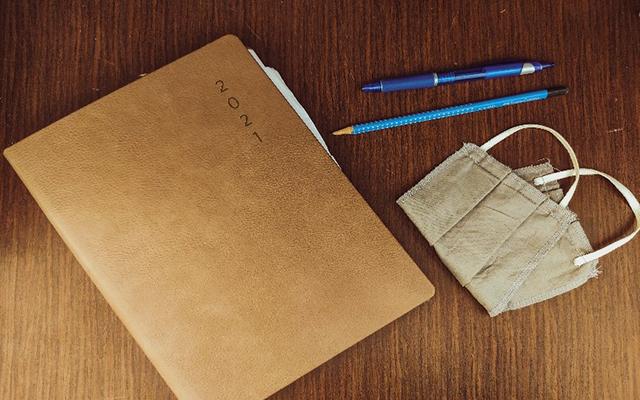
Take time to discuss emergency preparedness with your family, loved ones and also your neighbors. It’s also important to know the emergency plans for your child’s school, your parent’s adult day care center and your apartment building. Make sure everyone knows what to do following a disaster, where to meet in case of separation and how to get in touch with one another. Plan ahead can make a big difference. Visit www.ready.gov/plan for additional training and resources.
In the event of an emergency, you’ll need your own emergency supply kit stocked with food, water and other important items to sustain yourself and your loved ones for at least one week. An emergency supply kit is a collection of basic items you’ll need when disaster strikes. Most of the items are inexpensive, easy to find AND could save your life.
A basic emergency supply kit should contain the following items:
- Water (one gallon per person per day for at least three days, for drinking and sanitation). Consider extra for hot weather.
- Food (at least a three-day supply of non-perishable food) that does not involve heating or cooking.
- Water and food should also be kept for all pets.
- If you have family with disabilities or who are seniors, consider their diet restrictions and if they would be unable to open certain packages.
- Battery-powered or hand crank radio and a NOAA Weather Radio with tone alert
- Flashlight
- First aid kit
- Essential medicines
- Extra clothing and shoes. Keep safety-soled or construction shoes on hand.
- Extra batteries
- Whistle (to signal for help)
- Dust mask (to help filter contaminated air)
- Plastic sheeting and duct tape (to shelter in place)
- Moist towelettes, garbage bags and plastic ties (for personal sanitation)
- Tools to turn off water and gas lines ONLY if you suspect leaks or damage
- Manual can opener (for food)
- Local maps
- Cell phone with chargers and a backup battery
After assembling your kit, store the items in airtight plastic bags and place them in one or two easy-to-carry containers such as plastic bins or a duffel bag. Be sure to assemble a kit for your home, workplace, and/or your vehicle. You never know where you will be when an emergency arises. Re-think your needs every year and update your kit as your family’s needs change. Keep your kit(s) in a cool, dry easy to access places and be sure to replace expired items as needed. For guidance on what to include in your kit, visit https://www.ready.gov/kit.
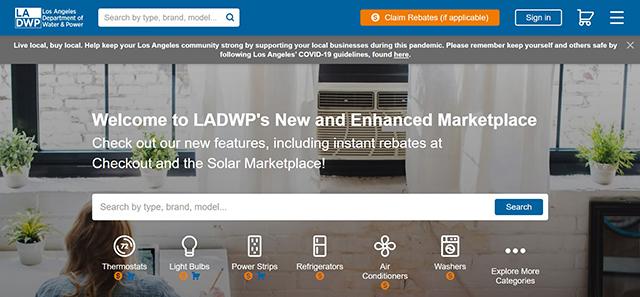
LADWP’s enhanced marketplace provides consumer information on equipment such as generators and portable power stations that can provide you with electricity during prolonged outages. While you’re there, look for rebates on appliances that can help you save water and electricity as well as money on your utility bills. Please remember to contract a licensed electrician before purchasing and installing a generator.
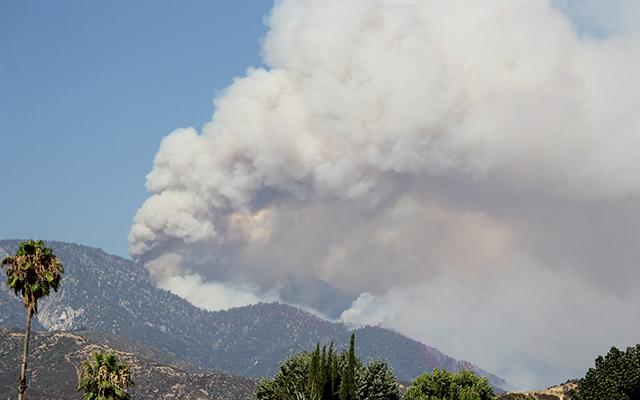
Brush and wildfires can occur any time in Southern California. It is important to take measures now to protect your home and family during a brush or wildfire. Ready your home with fire resistant materials and keep a safe zone around your home that is free of dry brush. It’s also recommended you have an evacuation plan in place for your family in case you’re required to leave due to a fast-moving fire. Review your plan with your family members. Signing up for emergency alerts at NotifyLA is a good way of staying informed.
Additional information is available at https://www.lafd.org/ready-set-go and https://www.ready.gov/wildfires#prepare.
Residents of Los Angeles should know that severe weather can happen anytime. Severe weather can include hazardous conditions produced by sustained heat and inclement weather, characterized by heavy rain and strong winds (Santa Anas), flooding and flash flooding, and winter storms associated with cold rains and strong winds. It is important to know the types of hazardous weather that affects your particular area so you can be prepared.
Those living near areas burned by recent brush fires need to be aware of the extreme danger posed by debris flows and landslides caused by rain. Monitor real-time Los Angeles weather hazards and warnings. Listen to NOAA Weather Radio or local radio and television news. Additional information can be found at https://www.lafd.org/news/los-angeles-firefighters-urge-storm-safety-and-preparedness.
For more information, please visit, https://www.ready.gov/severe-weather, https://emergency.lacity.org/, and sign up for NotifyLA at: https://emergency.lacity.org/alerts/notifyla to receive emergency alerts and notifications.
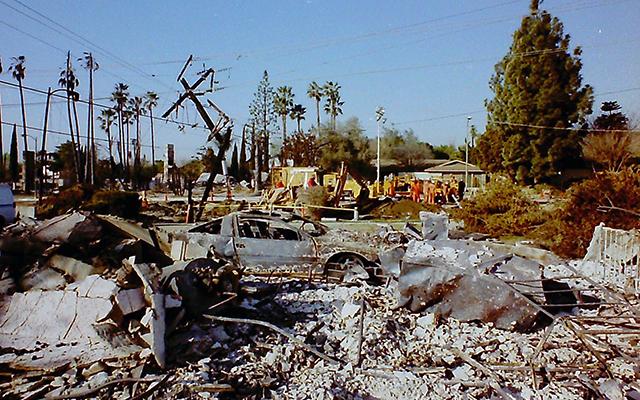
Living in Southern California, we know the threat of earthquakes is all too real. You might feel the worst is over following the heavy shaking, but it’s important to be aware of other potential safety hazards unleashed by damaged infrastructure. Fire, flooding and electrocution are factors we all need to consider following a major temblor. In order to minimize potential risks, it’s important to take some preventative steps and know ahead of time, how to deal with natural gas leaks, water leaks and electrical sparks. Get the skills and know how at https://www.ready.gov/safety-skills.
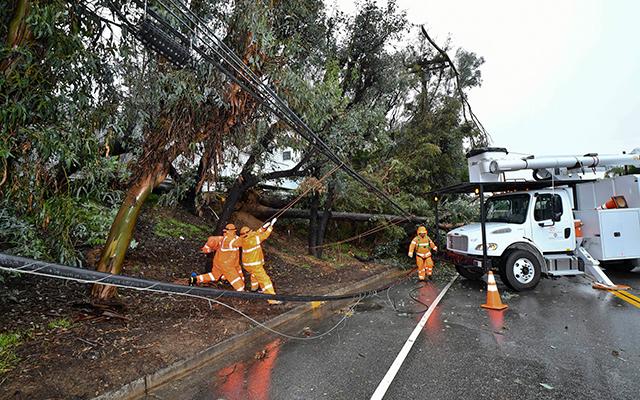
Most likely the power grid in your area will be affected in the event of a natural disaster. Our crews will work as quickly and safely as possible to restore power, but remember to always think safety. Stay clear of downed wires, even if you don’t see any sparks or electrical arcing. It’s important to have flash lights and extra batteries on hand to find your way in the darkness while also keeping your refrigerator doors closed to keep your food fresh. You can download these and other useful tips here to have on-hand when you need it most.
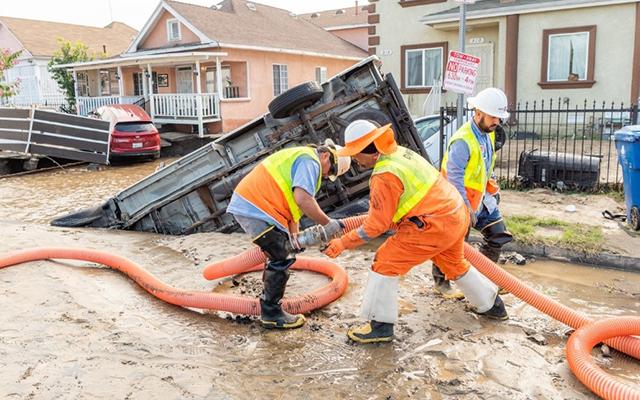
We’ll be there when you need us, especially during emergencies that may result in loss of water to your home. Even so, it’s always best to have an emergency supply of water in case the pipe infrastructure in your area receives damage during an earthquake or other disaster. This video provides information on what we’re doing to ensure reliable water and how you can take action today to make sure you’re never without this vital resource.
Sign Up for Alerts
The City of Los Angeles uses two systems to alert residents in case of an emergency. You can sign up for both at NotifyLA and Nixle.
Outage Alerts
For power outage information and to subscribe for Community Outage Alerts, visit ladwp.com/outages.
